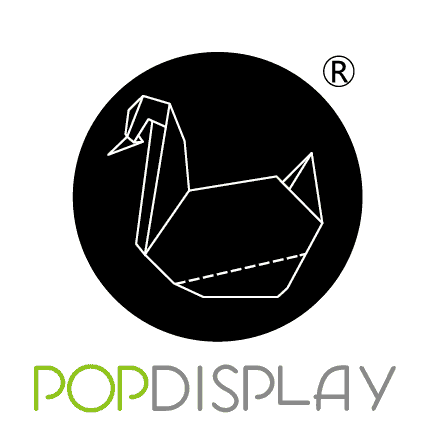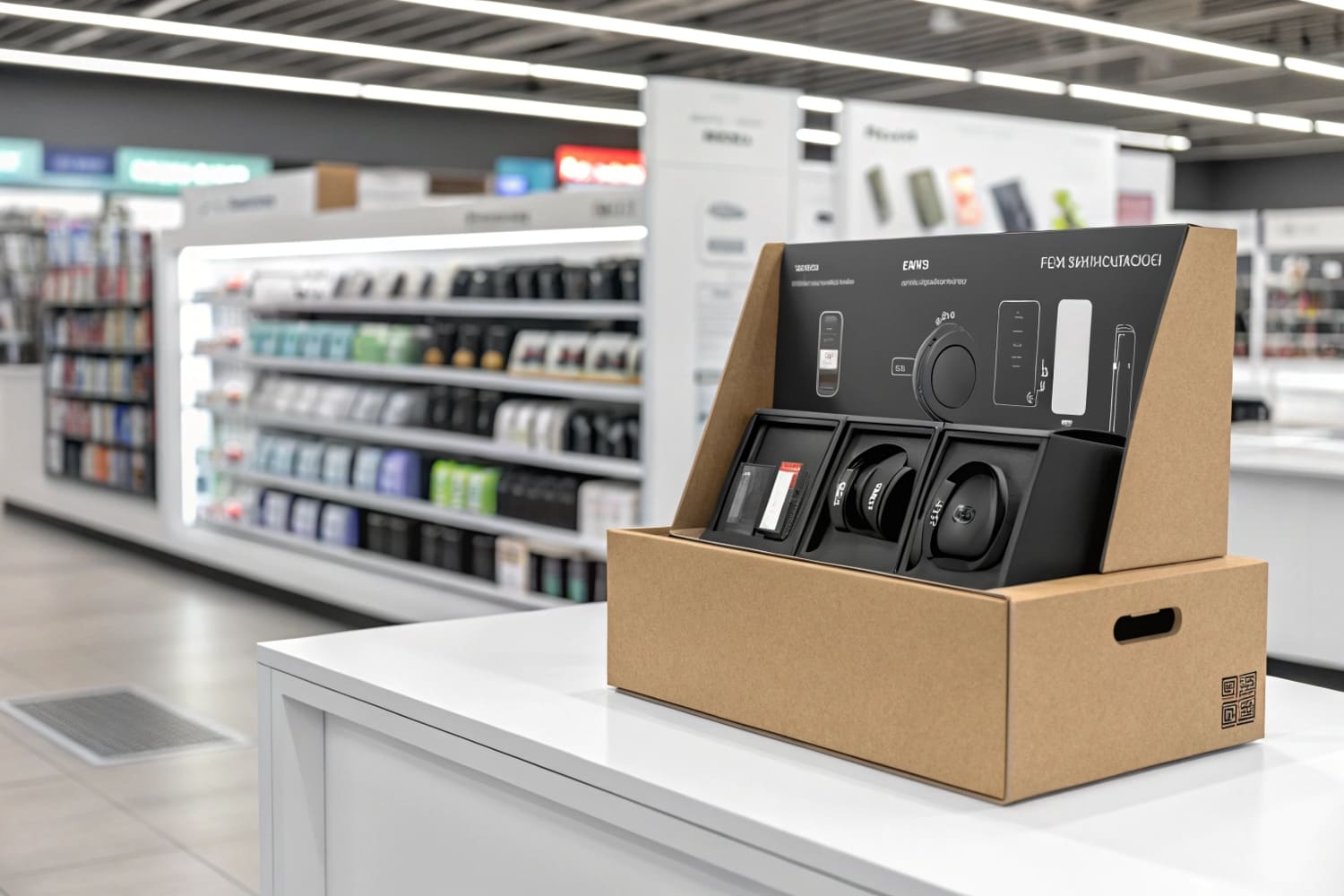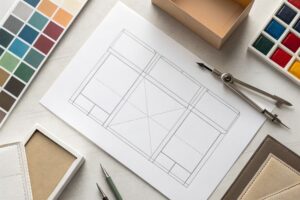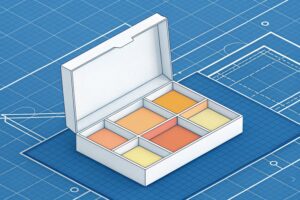Retail fights for seconds, not minutes. Shoppers scan. They judge fast. A smart display box stops the scroll of eyes. It gives shape, story, and trust. It turns lookers into buyers.
Display boxes matter because they win attention fast, organize products clearly, carry brand messages at eye level, and convert impulse to purchase with low cost and high flexibility compared with metal or plastic fixtures.

I make and ship cardboard displays every day. I see how a small structure change boosts sales. I also see how weak prints or wrong flute hurts a launch. I will explain what works, why it works, and how to brief it.
What are the benefits of custom display boxes?
A generic box fits a shelf. A custom box fits a plan. Retail has rules. Shoppers have habits. A custom build meets both. It saves time in stores and money in freight.
Custom display boxes increase sell-through, protect products, speed store setup, reduce freight waste, and express brand identity with exact size, structure, print, and sustainable materials that match the retail plan and the promotion timeline.
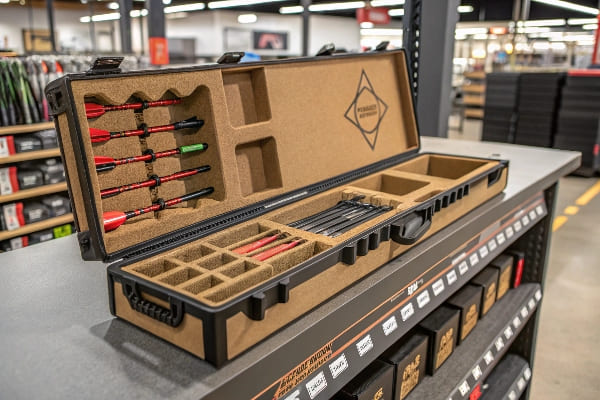
How custom delivers real gains
I design around a clear job: stop, show, and sell. I start with the target aisle, shopper distance, and box height. I pick flutes for strength, not guesswork. I use water-based inks to hold color. I use flat-pack to cut freight. In APAC, retailers expand fast, so timelines are tight. Digital print helps small runs and fast changes. In North America, buyers want strong QA. I run load tests and drop tests1. I lock color with proofing. I design knock-downs with simple tabs so store staff can build in minutes. One client in hunting gear needed a rugged floor unit for crossbows. We used double-wall at stress points and a metal hook kit only where needed. Cost stayed low. Setup stayed easy. Sell-through beat target.
Quick planning grid
| Goal | Design move | Display type | KPI to watch |
|---|---|---|---|
| Fast setup | Fewer parts, big tabs | PDQ / Tray | Build time per store |
| Eye stop | Tall header, bold word | Floor stand | Footfall to interact |
| Protection | Double-wall hotspots | Pallet | Damage rate in transit |
| Color trust | Proof + ICC + lightfast ink | Any | Return rate, reviews |
What is the importance of display design?
Good products fail in bad displays. Poor headers hide claims. Busy art kills legibility. Weak structure sags. Smart design fixes these risks before the first unit ships.
Display design is important because it turns brand strategy into clear sightlines, readable claims, strong structure, and smooth assembly so that shoppers notice, understand, and act within seconds.
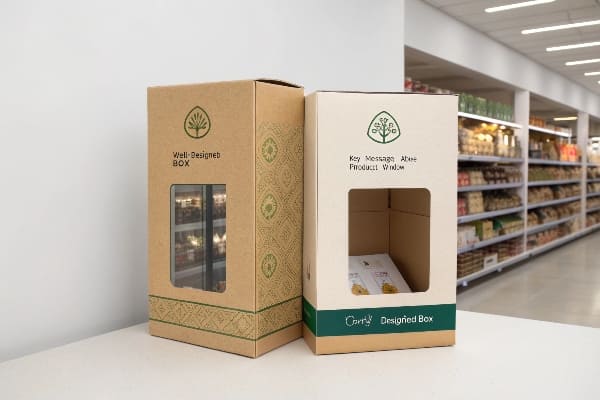
Four design pillars I never skip
I work with simple rules. First is visibility2. I size the header for the viewing distance. I keep copy short. I test legibility at three meters. Second is hierarchy. I put benefit first, brand second, SKU last. Third is structure. I plan load paths from product to base. I choose E/B flute blends for stiffness and clean edges. Fourth is assembly. I reduce parts. I number panels. I print QR links to a build clip. In Europe, buyers push sustainability3, so I avoid plastic lamination and pick recyclable coatings or nano topcoats for scuff and splash. When we launched a seasonal display for a big-box chain, the first mockup looked pretty but took fifteen minutes to build. We rebuilt the die-line with auto-locking bases. Build time dropped to four minutes. Store teams thanked us. Sales rose because the unit was actually on the floor, on time.
Design checklist
| Pillar | Simple test | Pass/Fail signal | Fix if fail |
|---|---|---|---|
| Visibility | Read headline at 3 m | Squint test fails | Bigger type, higher header |
| Hierarchy | One clear claim | Eye jumps around | Remove art, tighten copy |
| Structure | No lean after load | Bend or sag | Add gussets, change flute |
| Assembly | Build <5 minutes | Staff struggles | Fewer parts, big tabs |
What is the purpose of using a box?
A box is more than a shell. It moves, protects, and sells. It keeps units safe through trucks and forklifts. It stores brand visuals. It guides hands during setup.
The purpose of using a box is to protect products in transit, present them clearly in store, carry brand messages, and enable fast setup and replenishment with minimal waste and cost.
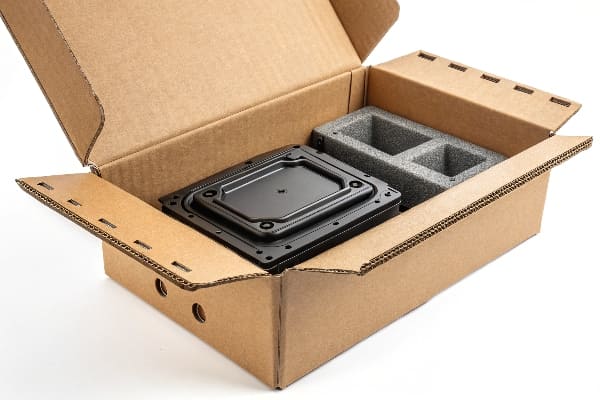
One box, three jobs: ship, show, sell
I map the journey from press to pallet to aisle. The same box can be a shipper, a shelf tray, and a mini billboard4. I design sleeves that tear clean. I add finger holes for safety. I set tolerances for snug fit so units do not rattle. In Costco and Walmart, PDQ trays must stack and palletize. I add pallet skirts for brand area without changing freight class. In APAC, urban deliveries mean tight elevators, so flat-pack size matters. I mark outer cartons with big, simple icons so night shift sees instructions fast. I choose coatings that resist scuff but still recycle. I place UPCs for scanners. I test with real tape and real knives, not perfect lab tools. When a toy client faced high damage, we moved a weak crease, added a small E-flute liner5, and damage claims dropped by half in the next cycle.
Box role map
| Stage | Box function | Key spec | Team owner |
|---|---|---|---|
| Transit | Cushion + stack | Burst, ECT, flute | Packaging |
| Setup | Fast open | Perforation, icons | Store ops |
| Selling | Clear message | Header, color, claim | Marketing |
| Refill | Easy restock | Tray height, access | Merchandising |
What is the importance of task boxes?
Big rollouts fail in the small steps. Missing screws stop a build. Wrong art slows teams. A task box removes guesswork. It packs tools, parts, prints, and checks together.
Task boxes are important because they standardize each step, reduce errors, protect timelines, and give store teams everything needed to build displays right the first time and every time.
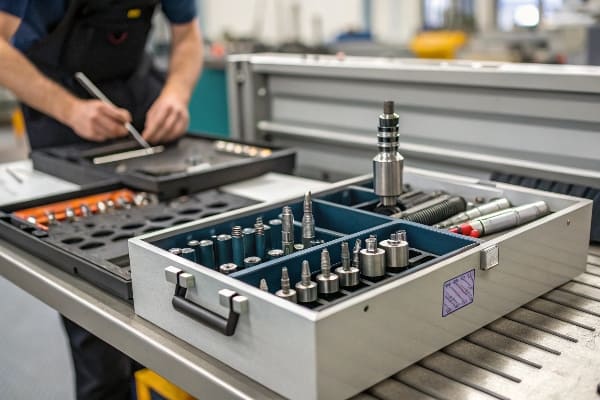
How I run task boxes6 on tight deadlines
I ship thousands of displays on tight calendars. I rely on task boxes to keep control. A task box is a labeled kit placed on the first pallet layer. It contains a build guide, a QC card, spare parts, a color swatch, and a return label if needed. I pack a small tool set when the retailer allows it. I print a one-page SOP in large type. I add QR codes to a short clip that shows the build in real time. For Barnett Outdoors, we used task boxes to launch a floor unit for crossbows with strict safety rules. We included zip ties, hook screws, and a gauge to check header height. We also added a checklist so staff signed off each step. The chain reported fewer calls to help desks, fewer missing parts, and faster floor readiness across stores.
Task box bill of materials7
| Item | Purpose | Owner | Note |
|---|---|---|---|
| Build guide + QR | Show steps fast | PM | One page, big type |
| Spare fittings | Avoid stoppage | Factory | 5–10% overage |
| Color swatch | Verify print | QA | Approve on site |
| QC checklist | Record proof | Store lead | Photo + signature |
| Return label | Handle defects | Logistics | Pre-filled address |
Conclusion
Display boxes work when they are custom, well-designed, purpose-built, and supported by task boxes. This is how I keep launches on time, on budget, and on brand.
Learn about the significance of load and drop tests in ensuring product safety and quality during transportation. ↩
Check out this resource for tips on enhancing visibility in design, ensuring your work is both effective and user-friendly. ↩
Explore this link to discover effective sustainability practices that can enhance your design projects and appeal to eco-conscious consumers. ↩
Explore how mini billboards in packaging can enhance brand visibility and attract customers effectively. ↩
Learn about E-flute liners and their role in reducing damage during transit, ensuring product safety. ↩
Explore how task boxes can streamline operations and enhance productivity in various settings. ↩
Learn about the significance of a bill of materials in ensuring project success and resource management. ↩
